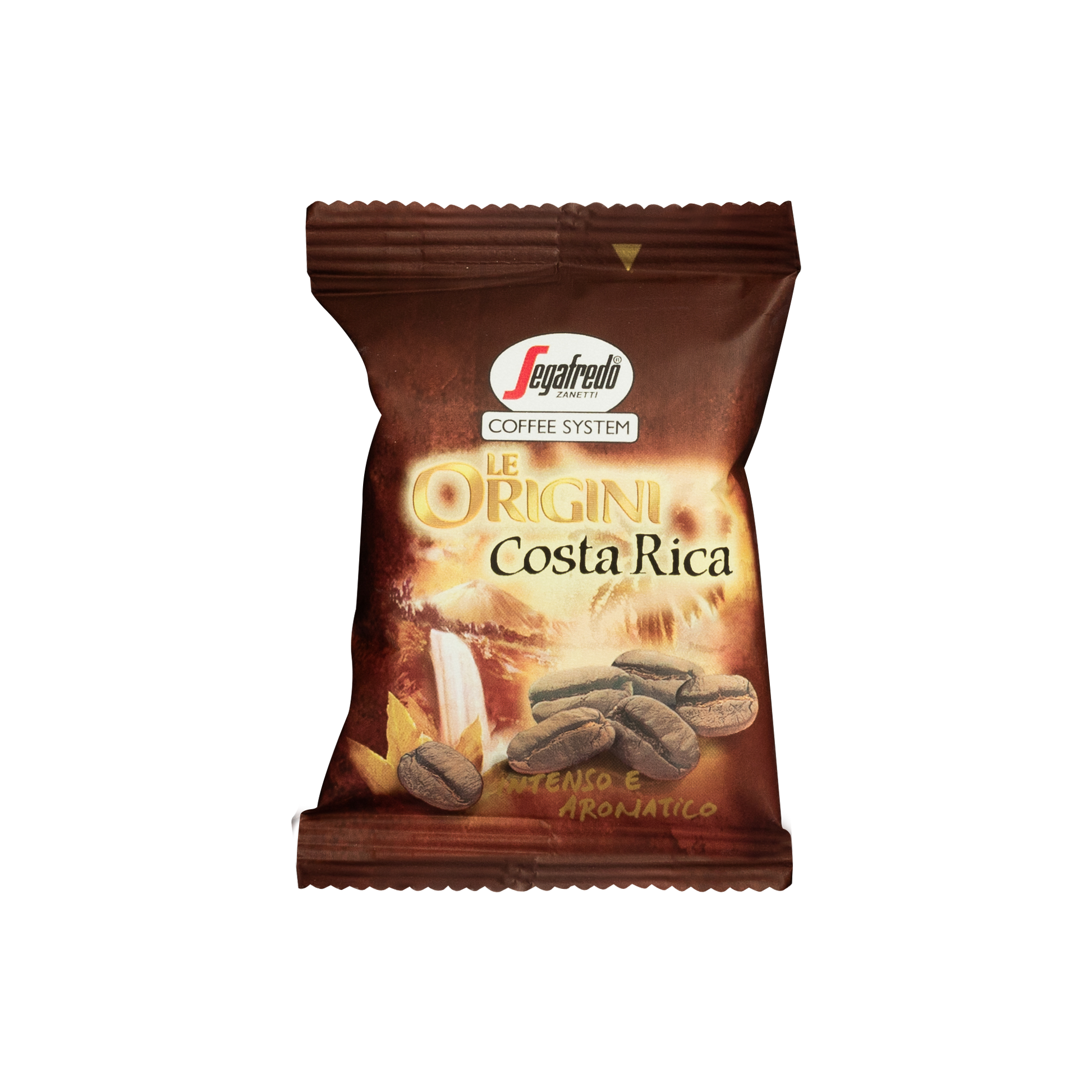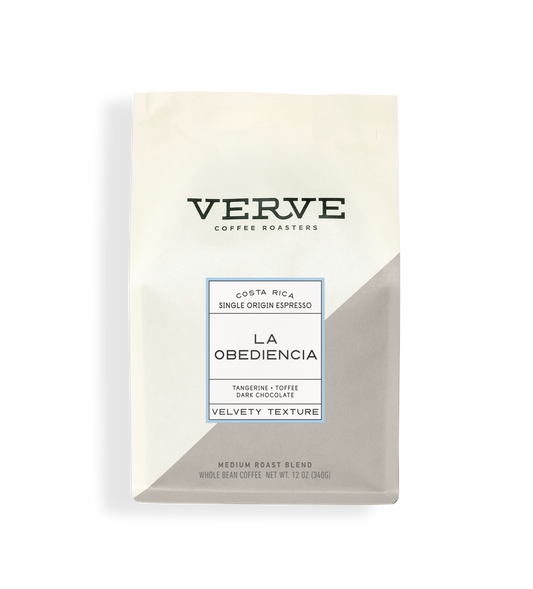The Coffee Lover’s Guide to SOE Single Origin Espresso Beans
The Coffee Lover’s Guide to SOE Single Origin Espresso Beans
Blog Article
Exploring the Abundant Tastes of Coffee Beans: a Deep Study Coffee and Blended Coffee Beans
When you explore the abundant flavors of coffee beans, you uncover an intricate world where each variety brings its very own character to your mug. As you navigate through the art of coffee and the creativity behind combined coffees, you'll start to appreciate the nuances that make each sip special.
The Origins of Coffee Beans: Discovering Terroir and Flavor Profiles
When you take a sip of coffee, you're not simply appreciating a drink; you're experiencing an abundant tapestry of flavors formed by the beans' origins. Each area creates one-of-a-kind flavor accounts affected by climate, dirt, and altitude. Beans from Ethiopia typically burst with intense, fruity notes, while those from Colombia often tend to provide a well balanced, nutty sweet taste.
As you check out different beginnings, you'll notice just how terroir-- the environmental variables impacting a crop-- plays a crucial function - Single Origin Espresso. The very same coffee range can taste drastically different relying on where it's expanded
When you take into consideration these variables, you begin to value the complexity behind your mug. Each sip narrates of the land and the farmers who nurtured the beans. So, following time you indulge, think of the trip your coffee took before it reached your hands, and relish those intricate flavors that show its beginning.
Understanding Espresso: The Art and Scientific Research Behind the Mixture
When you think of espresso, it's not almost the solid flavor; it's likewise concerning the strategies that bring it to life. Understanding how different preparation approaches effect preference can transform your developing experience. Allow's check out the ins and outs of espresso prep work and discover the one-of-a-kind flavor accounts that make each mug special.
Coffee Prep Work Strategies
Espresso preparation is both a scientific research and an art, combining precise strategies with a deep understanding of coffee. To start, you'll intend to select high-quality, newly roasted beans and grind them carefully for perfect removal (Single Origin Espresso). The work dimension is essential; too rugged, and your espresso will be weak, too great, and it'll be bitter
The outcome ought to be a rich, luscious espresso with a lovely layer of crema on top. With technique, you'll understand these techniques.
Flavor Accounts Clarified
The globe of espresso provides a rich tapestry of taste accounts that can raise your coffee experience. Light roasts typically showcase intense acidity and vivid tastes, while dark roasts present deeper, bolder tones.
A well-crafted mix could balance the bright notes of an Ethiopian bean with the abundant, chocolatey touches of a Brazilian bean. Welcome the journey of discovering coffee's varied flavors, and you'll change your coffee ritual into an amazing journey.
Handling Methods: How They Impact Flavor and Aroma
While it could appear that the origin of coffee beans is the most considerable factor in identifying their taste and aroma, the handling approaches made use of post-harvest play a just as essential duty. You'll locate that these methods can dramatically change the final preference profile of your mug.
For instance, the washed process gets rid of the fruit from the beans before fermentation, typically leading to a cleaner, brighter flavor. The natural procedure leaves the fruit intact throughout drying out, resulting in a sweeter, fruitier profile.
Other techniques, like honey processing, strike an equilibrium, allowing some fruit mucilage to remain, offering an unique intricacy.
Each processing method connects with the beans' integral features, enhancing or muting certain tastes and aromas. So, when you drink that espresso or combined coffee, remember that the journey from cherry to cup is affected not simply by beginning however also by exactly how those beans were processed.
Roasting Strategies: Opening the Full Prospective of Coffee Beans
Roasting strategies are crucial for revealing the complete capacity of coffee beans, as they transform raw, environment-friendly beans into the aromatic, flavorful coffee you appreciate. The option of roasting method-- light, tool, or dark-- considerably influences taste profiles. Light roasts maintain the beans' all-natural acidity and fruity notes, while tool roasts balance sweet taste and splendor. Dark roasts, on the various other hand, emphasize vibrant, great smoky flavors.
You can trying out roasting times and temperatures to find your ideal brew. A slower roast at reduced temperatures allows for complex flavors to develop, while a quicker roast can increase resentment. Take note of the fractures throughout toasting; the very first fracture shows a light roast, while the second crack signals a dark roast. By understanding these strategies, you'll disclose a world of flavor, elevating your coffee experience to brand-new elevations. Appreciate every sip, recognizing the treatment that entered into your mug!
The Magic of Blended Coffee: Creating Unique Taste Experiences
Developing a distinct taste experience with blended coffee can change your early morning routine into an expedition of taste. By incorporating various beans from numerous areas, you can expose a symphony of tastes that boost your cup to brand-new elevations. Each mix deals a distinct account, stabilizing sweetness, level of acidity, and body to produce something absolutely special.
When you select a blend, you're not just selecting a coffee; you're choosing a journey throughout varied landscapes and cultures. Try out various combinations allows you to discover your individual faves, whether you appreciate fruity notes or rich, chocolatey touches.

Tasting Notes: Recognizing the Nuances in Your Mug
As you sip your coffee, you might see a spectrum of tastes dancing on your palate, each exposing the intricacies of the beans. You might taste the intense level of acidity similar to citrus or the deep, abundant notes similar to dark delicious chocolate. The sweet taste might stimulate SOE honey or sugar, stabilizing the general account wonderfully.
Take note of the body of the coffee-- does it really feel light and airy, or is it complete and creamy? The coating, too, offers ideas; a lingering aftertaste may mean nuttiness or floral touches.

Do not forget to discover the special qualities of different origins, as each region passes on unique flavors - Single Origin Espresso. As an example, Ethiopian coffees frequently present fruity notes, while Colombian beans might display a much more spherical sweetness. By acknowledging these subtleties, you'll strengthen your recognition for each mug, boosting your coffee experience to new heights

Developing Techniques: Optimizing Flavor Extraction for each Bean
When you explore the different developing techniques, you'll find that each technique can considerably influence the taste profile of your coffee. From French press to pour-over, each approach essences different compounds, enhancing or silencing specific notes. For example, using a French press enables oils to remain in the brew, producing a richer preference, while pour-over stresses quality and illumination.
Temperature and grind size likewise play necessary roles. A coarser work works best for chilly mixtures, while a great work is suitable for coffee. Trying out water temperature-- in between 195 ° F and 205 ° F-- can reveal covert flavors, too.
Don't forget soaking time; a fast extraction can lead to sour notes, while over-extraction might yield resentment. By changing these variables, you can make the most of taste removal and absolutely raise your coffee experience. Take pleasure in the journey of discovering what approach finest suits your palate!
Often Asked Questions
What Is the Perfect Water Temperature Level for Brewing Coffee?
The ideal water temperature for brewing coffee's in between 195 ° F and 205 ° F. If you make use of water that's as well warm, you'll over-extract flavors; also chilly, and you will not draw out enough. Objective for that pleasant area for the very best mixture!
How Does Grind Size Impact Coffee Taste?
Work dimension significantly influences coffee flavor. Finer grinds extract more oils and flavors, causing a bolder preference, while coarser grinds yield a lighter taste. Adjusting grind size helps you achieve your preferred coffee account.
Are There Health Advantages Linked With Drinking Coffee?

What Is the Difference Between Arabica and Robusta Beans?
Arabica beans are smoother and sweeter, commonly including fruity flavors, while robusta beans are more powerful with a bitter preference and greater caffeine web content. You'll notice these distinctions in fragrance and developing experience.
Just How Can I Shop Coffee Beans for Freshness?
To save coffee beans for freshness, keep them in an airtight container, away from dampness, warmth, and light. You'll preserve their taste much longer if you only grind what you need right before developing.
Exploring the Rich Tastes of Coffee Beans: a Deep Dive Into Espresso and Blended Coffee Beans.
When you discover the rich flavors of coffee beans, you discover a complicated world where each variety brings its very own personality to your cup.When you take a sip of coffee, you're not simply appreciating a drink; you're experiencing an abundant tapestry of tastes formed by the beans' origins.Roasting techniques are important for disclosing the full possibility of coffee beans, as they transform raw, eco-friendly beans into the aromatic, savory coffee you enjoy.As you sip your coffee, you could notice a range of tastes dancing on your palate, each exposing the intricacies of the beans.
Report this page